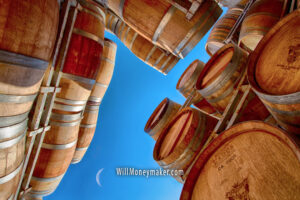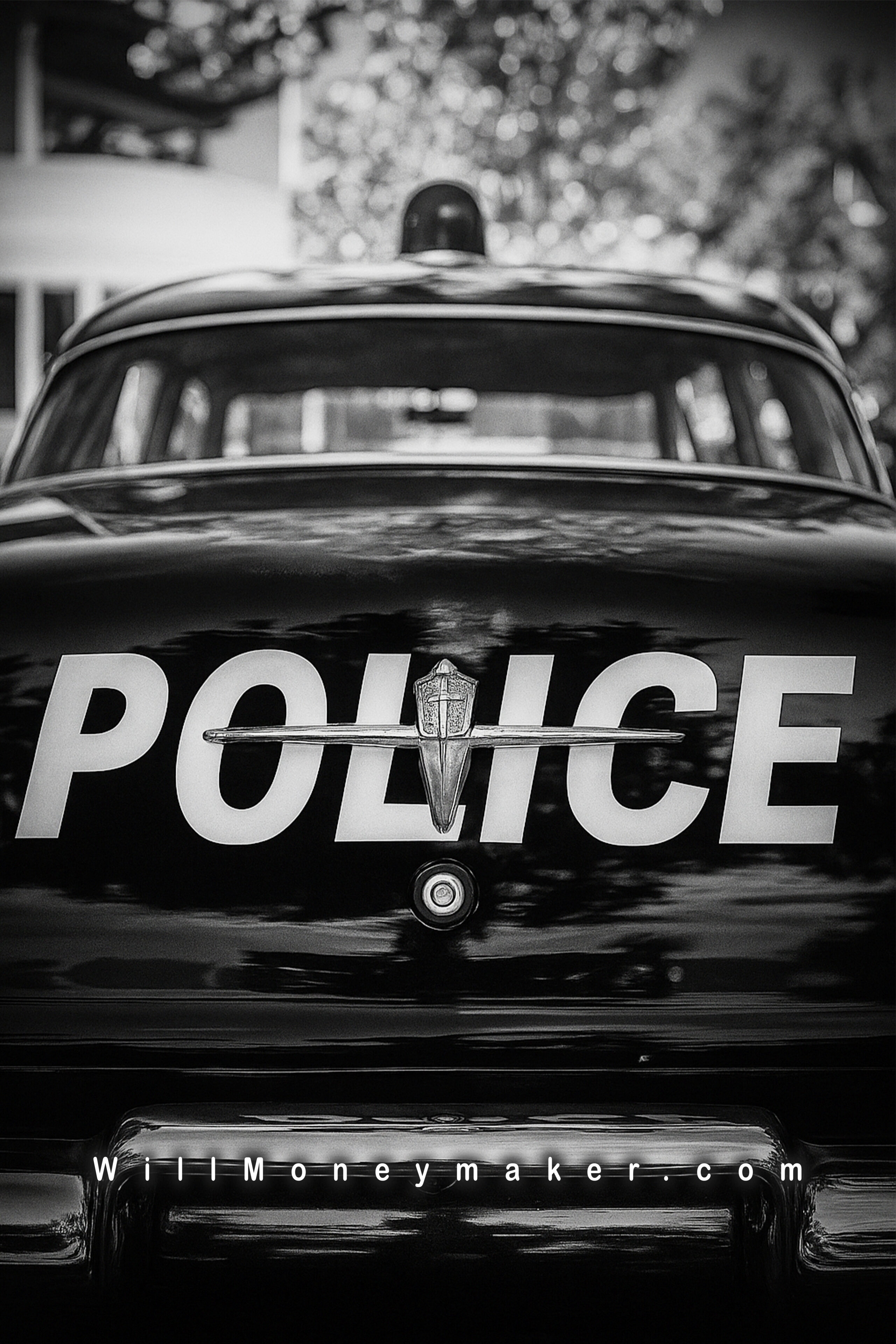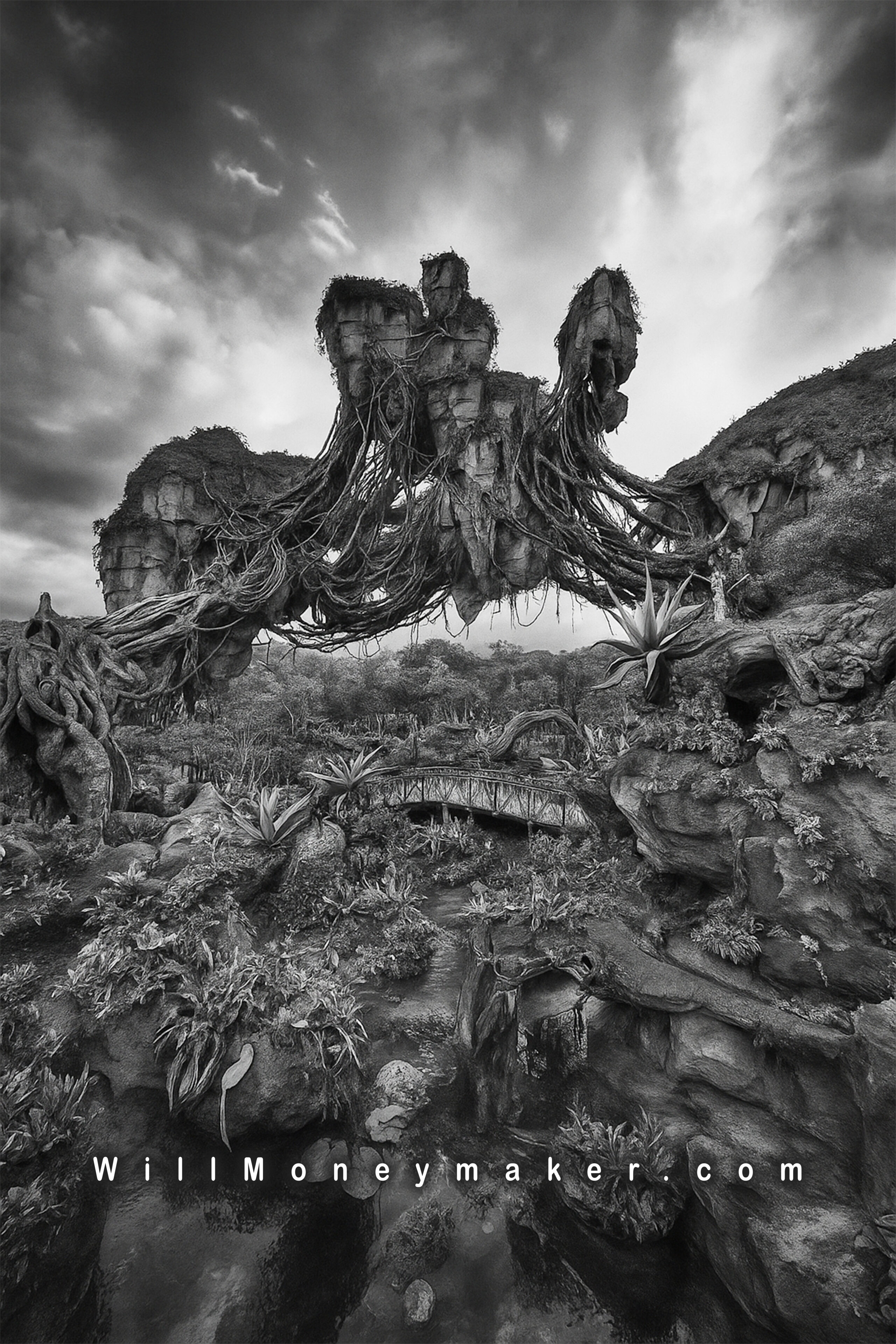Inspiration isn’t always the easiest thing to come by, especially if you’re like me and you’ve been taking photographs for years and years now. The usual advice is to look at the work of other photographers or to look at art in general. Perhaps read books about photographers and photography or read novels and magazines, watch TV and movies. Sometimes, however, these sources of inspiration aren’t enough. Fortunately, the world is a big place and there are lots of unusual places to find inspiration if you know where to look and what to look for. To that end, here are a few unconventional places to look.
-
Architecture
There’s a reason why architects take great pains to design buildings. The human eye finds well-crafted geometry pleasing. This isn’t necessarily a suggestion to go out and take photographs of buildings. However, if you need inspiration, then it may be worth your while to spend some time examining the architecture and your own responses to it.
What is it about a building that makes it satisfying for you to look at? Is it the colors, the geometry or something else? Is this something that you can capture in nature or wherever else you normally like to take photographs? Architecture, whether you plan to photograph it or are simply looking for geometric themes to take off on, can prove a good way to get inspired.
-
Product Packaging
In the same way that architects put a lot of effort into building design, designers put all kinds of time and thought into the way a package looks. The same is true for advertising — all the relevant points about packaging can apply to advertising, too.
Why is this a source of inspiration? Because when you are standing at the store purchasing something — a bottle of shampoo or canned goods to make dinner — you will find yourself standing in an aisle filled with dozens if not hundreds of other bottles or cans. There is a huge variety of brands from which you have to choose just one to take home.
And when you observe all this packaging on the store’s shelves, you begin to realize that all the minds behind these bottles, cans, boxes and bags all had one thing in common: They wanted their particular package to be the one that stands out from all the others. They want their design to be the one that catches your eye and makes you buy their product.
In this way, we photographers do the same sort of thing. We want our images to stand out and be meaningful, particularly now, in the age of the internet, where there are billions of photographs to look at. Thus, as you look at these products, take note of all the tools that the designers relied on to make their packages attractive. You’ll start to see the shapes, colors, the composition, the fonts and all the other factors, all of them designed to get your attention and evoke feelings that make you want to buy the product.
For instance, a bottle of shampoo may have a white background and blue lettering to evoke a feeling of fresh cleanliness. At the bottom, green lettering marking that the item contains natural ingredients, the green giving the bottle a sense of nature. And a big, bright pink stamp at the top of the bottle, emblazoned “NEW!”, designed to give you a feeling of urgency: “I’m new! Take me home!”
As much thought goes into designing a package as a photograph. If you can begin to see the reasoning behind packaging design, then perhaps you can put some of these principles to work in your own photographs, either to grab the viewers attention or to make them feel the way you want them to feel.
-
Supercenter Stores
Thinking about packaging and advertising naturally leads me to think about places where you can look at these things. Walmart, Target and other major supercenter stores may just be a veritable well of inspiration. There’s just so much at these stores that may be of interest.
In general, these stores give you a chance to watch people interacting with each other in hundreds of different ways. As you wander the aisles, you may find yourself thinking about consumerism and your own personal feelings on the topic. And then there’s the packaging and advertising, of course. You could think of a supercenter as sort of a museum to packaging. With that comes the geometry and textures, thousands of items in every shape, size, and consistency imaginable. There will also be at least one aisle of books and magazines to peruse, a source of inspiration all their own. There is so much to look at in a supercenter that you could spend all day searching for potential ideas or just getting the creative gears going in your mind — and you’ll have the chance to pick up a couple of props if you need them!
-
Local News
Any kind of news can be a source of inspiration because nearly all of it deals with the human condition in one way or another. But local news, in particular, is invaluable. Not only are there different stories, everything from crime to feel-good stories that will put you in different frames of mind, but there are also stores about local happenings.
Maybe a new building is under construction in your area and you could visit the site for a few photos, for instance. Or, the local paper might just inform you of an upcoming festival, fair or some other event that you didn’t know about. Best of all, it’s local! No plane tickets or vacation time required.
-
Libraries and Bookstores
I mentioned that books are a typical source of inspiration and that is true, both books about photographic theory and instruction and books of photos. But, when I say to visit libraries or bookstores, these aren’t the types of books that I’m referring to. If you’re looking for inspiration, you don’t even have to pick a book up off the shelf, if you don’t want to. Simply wander the aisles, browsing titles. In one aisle, you may find books about raising farm animals while in the next, there will be books about airplanes. The aisle after that might feature fashion or cooking or hundreds of other subjects. When you’re at a loss for new subject material, all of these topics on display might just help you find an interesting new subject to photograph!
Inspiration doesn’t always have to come from sources related to photography. Sometimes, you’ll find inspiration in surprising unusual places!





